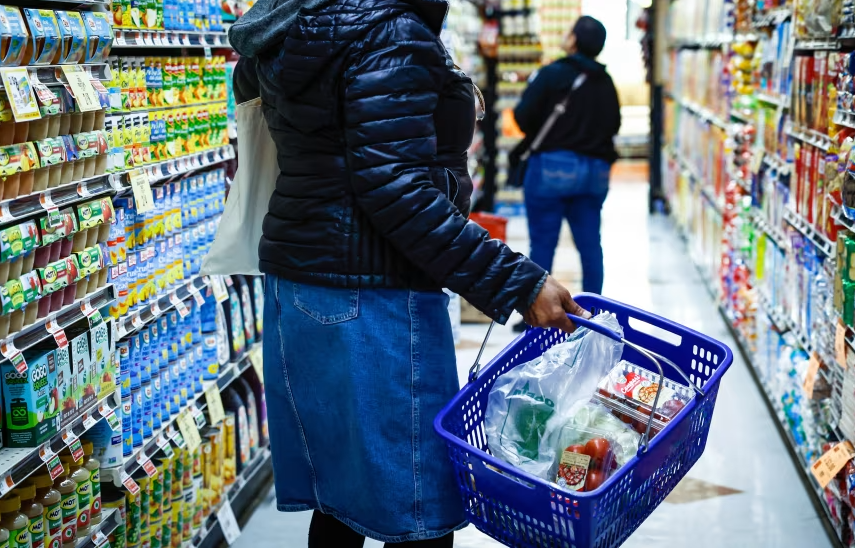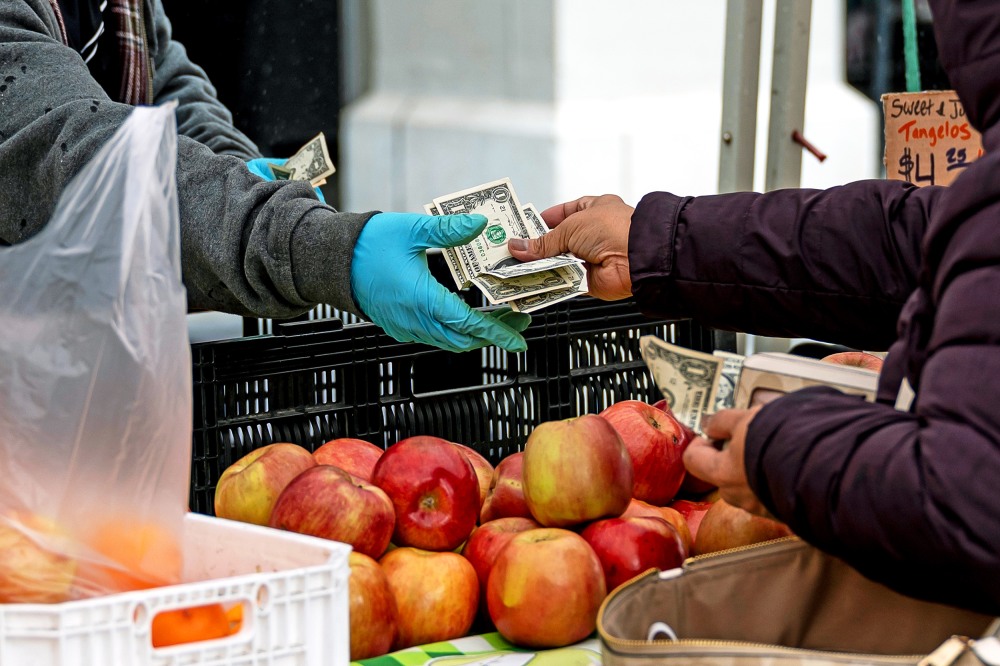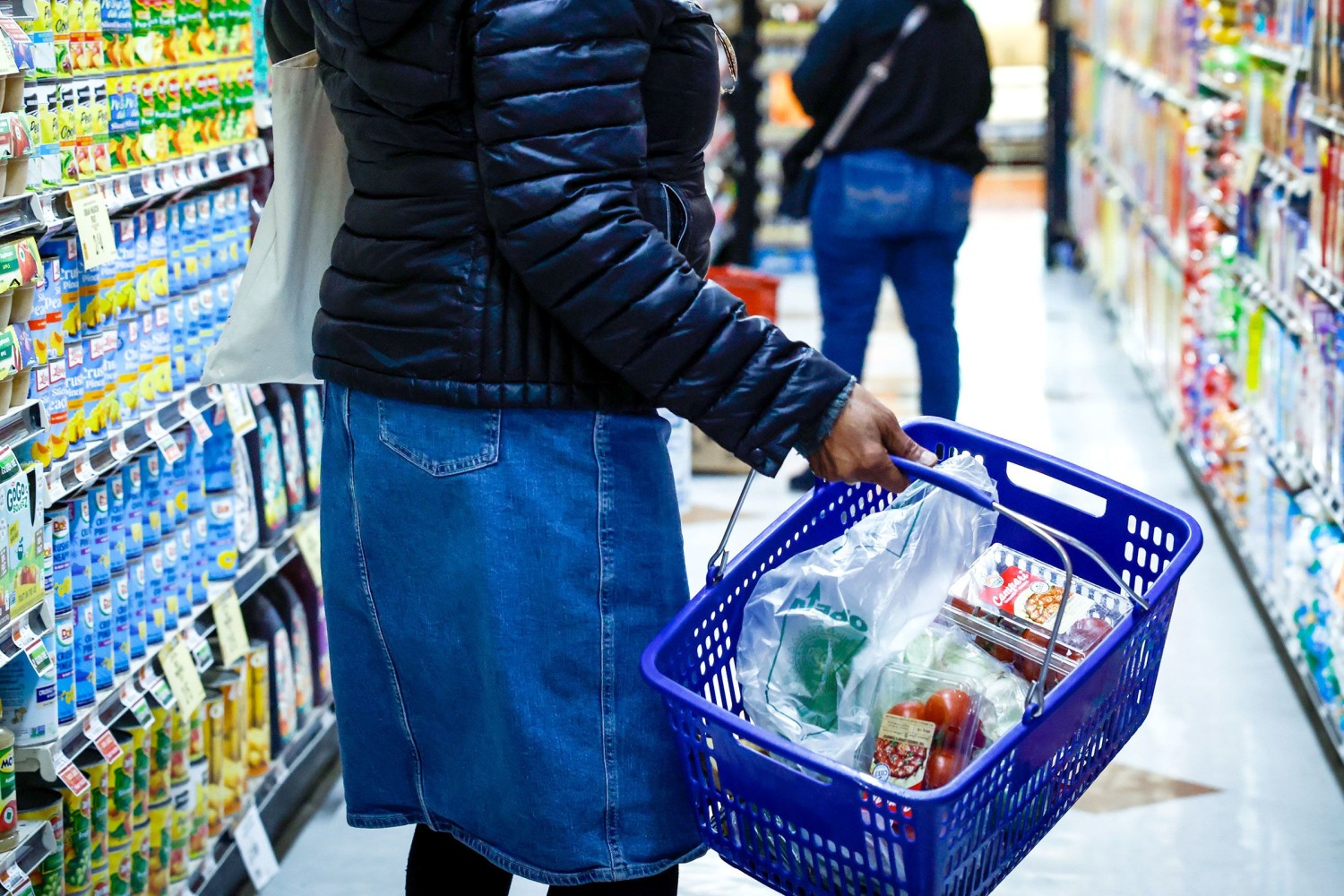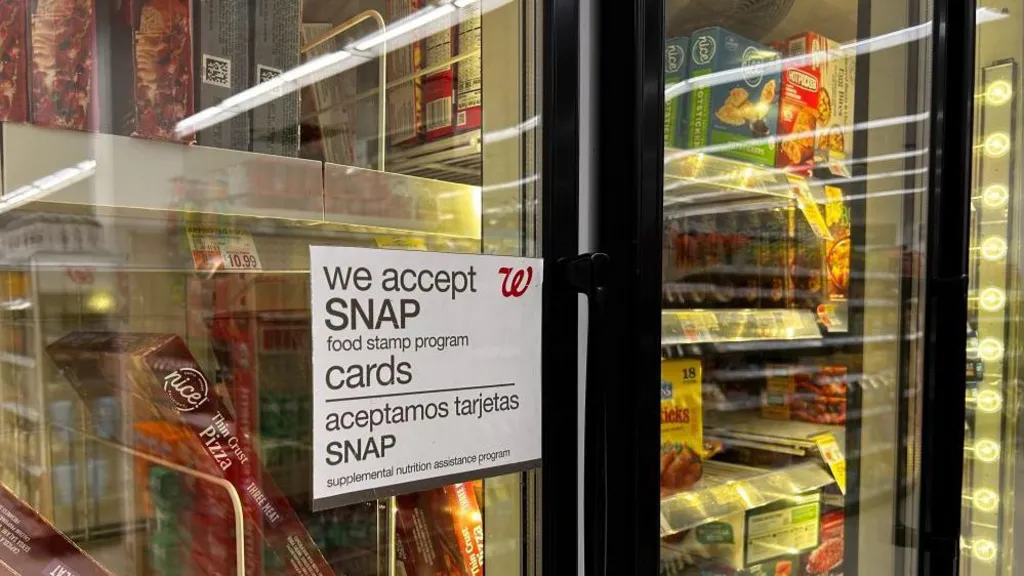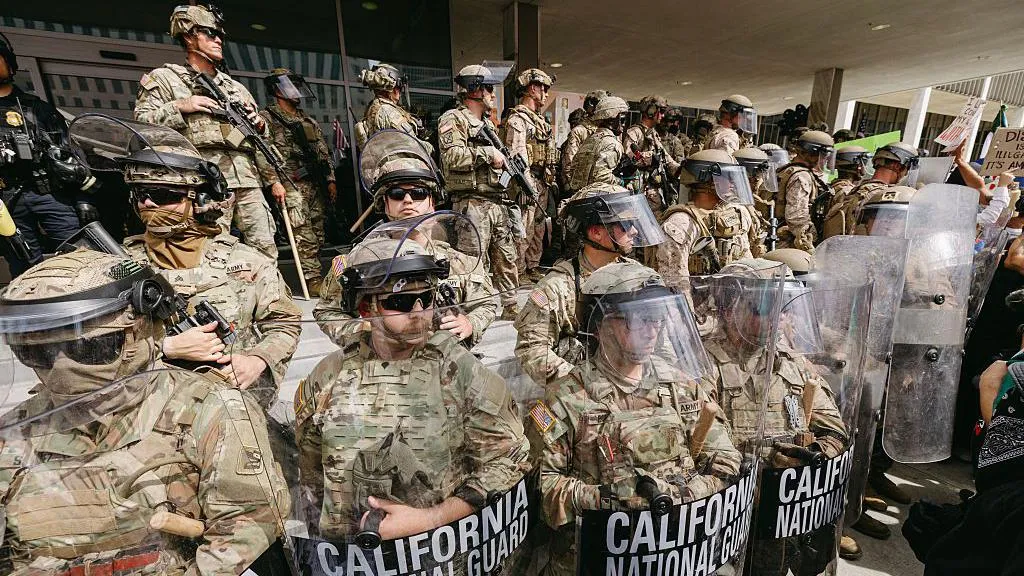
This article is more than
8 year old'Extremely violent' Maria smashes into Puerto Rico at Category 4
SAN JUAN, Puerto Rico — Hurricane Maria slammed into this island on Wednesday as more than 11,000 people huddled in shelters and millions more hunkered down for what could be a five-hour barrage of Category 4 winds while the storm grinds its way across the nation.
"God is with us," Gov. Ricardo Rosselló tweeted shortly after Maria made landfall. "We are stronger than any hurricane. Together we will rise."
Rosselló said that up to 90% of the island of 3.5 million people were without power, and he to El Nuevo Día he anticipated that electricity would be lost across the entire island.
Rosselló said more than 11,000 people sought refuge in about 500 shelters prepared by government officials. Many people opted to ride out the storm in concrete homes and buildings.
Video from the island showed roofs blown of some homes while others were smashed by fallen trees. Windows were blown out of high-rise buildings, and in some places plywood that had been nailed over windows had blown away.
At the Courtyard Marriott Isla Verde, managers held a safety meeting before the storm, assuring guests that backup generators could provide power to the hotel for days. As the storm rolled in, lights and power were working and hot coffee was being served.
Major damage to island infrastructure was a concern. Cell phone towers toppled in the wind, and communication was difficult if not impossible. Flooding was rampant, and rescuers were mostly locked in place, waiting for the worst to pass.
People evacuating from Puerto Rico and the U.S. Virgin Islands ahead of Hurricane Maria flew to south Florida on Tuesday. Maria is forecast to move over the U.S. Virgin Islands on Tuesday night and Puerto Rico on Wednesday. (Sept. 20) AP
EMA Administrator Brock Long said his agency had 3,200 personnel "well positioned" to help after the storm.
"Our search & rescue teams are ready to support Puerto Rico & the U.S. Virgin Islands following #Maria," FEMA tweeted.
Maria roared onto the island in the town of Yabucoa with maximum sustained winds of more than 150 mph, according to the National Hurricane Center. At 11 a.m. ET Wednesday, the storm was about 25 miles west of San Juan, packing winds of 140 mph. and moving northwest at 12 mph.
"Destructive winds and flooding continue over portions of Puerto Rico," the hurricane center said.
As Maria approached, Héctor Pesquera, Puerto Rico's chief public safety official, said those in low-lying areas needed to evacuate or they would die. "I don't know how to make this any clearer," he told Telemundo, NBC's Spanish-language network.
"This is going to be an extremely violent phenomenon," Rosselló warned as Maria approached. "We have not experienced an event of this magnitude in our modern history."
A las 5am, contamos con 11229 refugiados y 580 mascotas.
— Ricardo Rossello (@ricardorossello) September 20, 2017
More: Florida residents with relatives in Puerto Rico pray, watch for Maria
More: It's hard to see Hurricane Maria through all this smoke
President Trump offered his support via Twitter: "Puerto Rico being hit hard by new monster Hurricane. Be careful, our hearts are with you- will be there to help!"
The strongest storm to ever hit the island of 3.5 million people was San Felipe in 1928, with 160 winds mph. The island was spared the widespread damage caused by Hurricane Irma when it tore through the Caribbean, killing 38 there and 36 in the U.S., this month.

Maria tore through the island of Dominica late Monday, and an adviser to Prime Minister Roosevelt Skerrit says there have been seven confirmed deaths in the Caribbean country.
Maria also killed one person in the French Caribbean island of Guadeloupe when a tree fell Tuesday night, and two people aboard a boat were reported missing off La Desirade island, just east of Guadeloupe.
The eye of Maria was forecast to emerge off the northern coast of Puerto Rico by mid-day Monday. The center will then pass just north of the northeast coast of the Dominican Republic overnight and into Thursday.
Read More (...)
